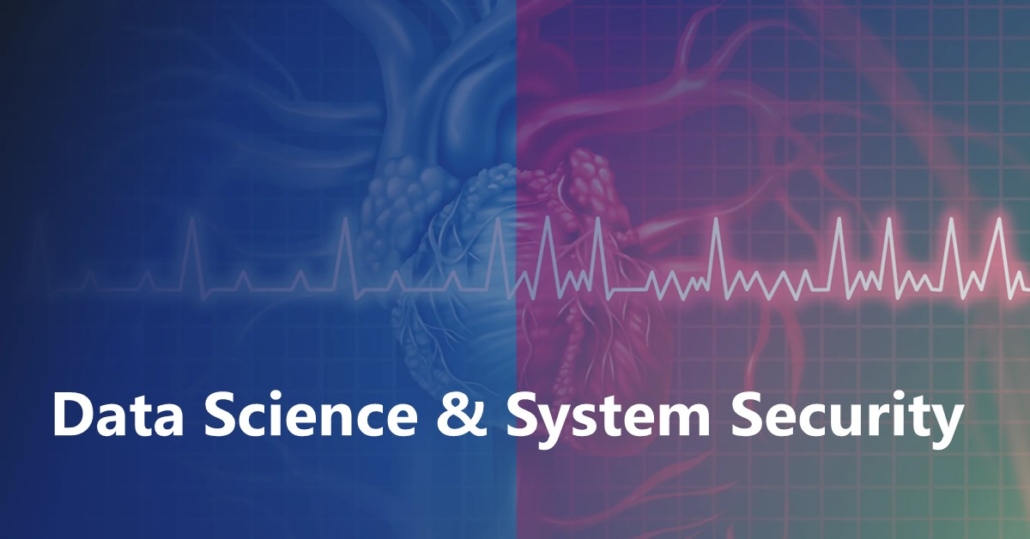Co-Regularized Deep Multi-Network Embedding
Network embedding aims to learn a low-dimensional vector representation for each node in the social and information networks, with the constraint to preserve network structures. Most existing methods focus on single network embedding, ignoring the relationship between multiple networks. In many real-world applications, however, multiple networks may contain complementary information, which can lead to further refined node embeddings. Thus, in this paper, we propose a novel multi-network embedding method, DMNE. DMNE is flexible. It allows different networks to have different sizes, to be (un)weighted and (un)directed. It leverages multiple networks via cross-network relationships between nodes in different networks, which may form many-to-many node mappings, and be associated with weights. To model the non-linearity of the network data, we develop DMNE to have a new deep learning architecture, which coordinates multiple neural networks (one for each input network data) with a co-regularized loss function. With multiple layers of non-linear mappings, DMNE progressively transforms each input network to a highly non-linear latent space, and in the meantime, adapts different spaces to each other through a co-regularized learning schema. Extensive experimental results on real-life datasets demonstrate the effectiveness of our method.


